Yixing Technology offers a wide range of custom CNC machining services, including 3, 4, and 5-axis CNC milling and CNC turning, CNC milling and turning compound, grinding, EDM, and others. We use state-of-the-art technology and the latest CNC machines in our machining shop to provide our customers with the best results. What’s more, we are proud to offer unparalleled speed and no minimum order quantity (MOQ) on all our CNC machining services, making it easy to find the perfect solution for your needs.
If you have other manufacturing processes needed in your project like sheet metal stamping, welding, injection molding, casting, forging, surface treatment etc, we can also do that. Contact with us for your comprehensive project!
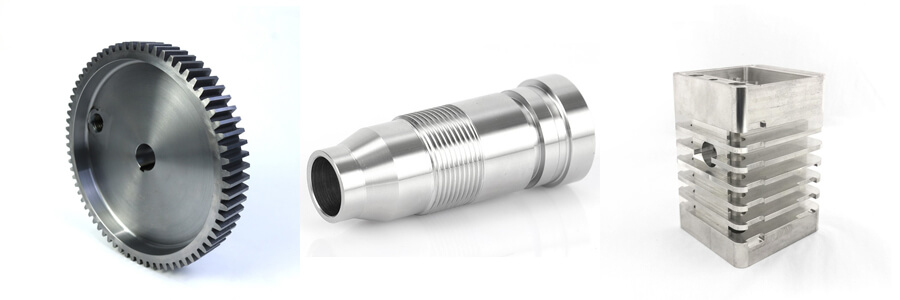

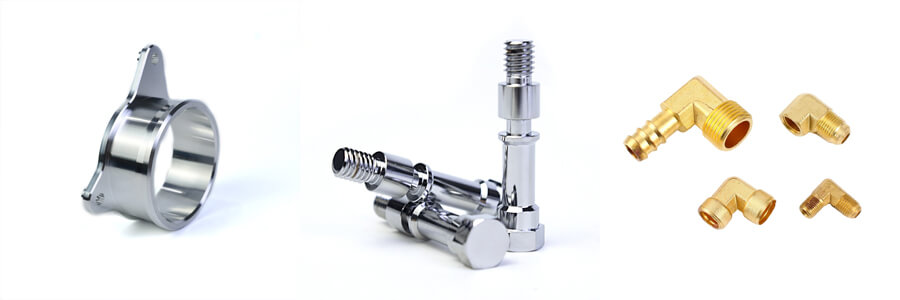
1. CNC Turning Services
CNC Turning Services from Yixing Technology is the process of fixing a workpiece onto a rotating workpiece clamping device, and then gradually cutting the material on the workpiece using a tool to obtain the desired shape and size. This processing method is suitable for manufacturing cylindrical parts, such as shafts and sleeves. The method of turning and the selection of cutting tools affect the shape and surface roughness of the final product.
Yixing Technology's CNC Turning Services can be divided into different types, including outer circle turning, inner circle turning, turning flat surfaces, turning threads, etc. Cylindrical turning is commonly used for machining shapes such as shafts, cylinders, and cones; In internal turning, the tool enters the inner hole of the workpiece and processes the diameter and surface of the inner hole to the required size and accuracy; Turning a flat surface is usually used to create a flat surface, such as the base or end face of a part; Turning threads is the process of gradually cutting the shape of threads, including internal and external threads, by moving the cutting edge of the tool relative to the surface of the workpiece.
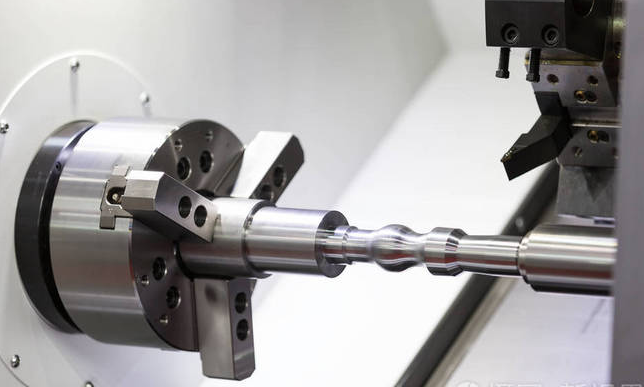
2. CNC Milling Services
CNC Milling Services by Yixing Technology involves cutting materials on the surface of a workpiece by rotating the tool. By controlling the movement of the tool, complex shaped parts such as flat surfaces, concave convex surfaces, and gears can be manufactured. Milling includes flat milling, end milling, end milling, gear milling, contour milling, etc. Each method is suitable for different processing needs.
In flat milling, the cutting edge of the tool cuts on the surface of the workpiece to obtain a flat surface; End milling is commonly used to process grooves and holes along the height direction of the workpiece; End milling is cutting on the side of a workpiece, commonly used for machining contours, grooves, and edges; Gear milling usually uses special cutting tools with cutting edges to cut the tooth profile of the gear; Profile milling is used to process complex curves or contour shapes, and the path of the tool is precisely controlled based on the contour.

3. CNC Milling and Turning Compound Services
Yixing Technology provide CNC Milling and Turning Compound Services by a composite machine tool that includes all the functional characteristics of CNC lathes and CNC milling machines. The main functions include turning milling composite, turning milling grinding composite, and milling grinding composite. The purpose of composite is to enable a machine tool to have multiple functionalities. It can complete multiple tasks with one clamping, improve processing efficiency and accuracy, because it combines the characteristics of a CNC lathe with the needs of a single machine, greatly reducing land area and lowering rental and other financial costs.
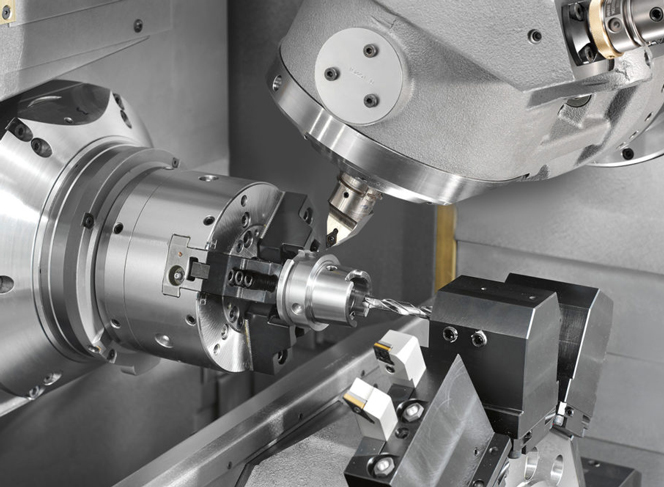
4. 5-axis CNC Machining Services
5-axis CNC Machining Services from Yixing Technology is a machining center with high technological content and precision, specifically designed for processing complex surfaces. The 5 axis machining center has five axes, x, y, z, a, and c. The xyz and ac axes form a five axis linkage machining, specializing in spatial surface machining, irregular machining, hollow machining, punching, oblique drilling, oblique cutting, etc. The five axis linkage CNC machining center system is the only means to solve the machining of impellers, blades, marine propellers, heavy-duty generator rotors, turbine rotors, large diesel engine crankshafts, and so on.
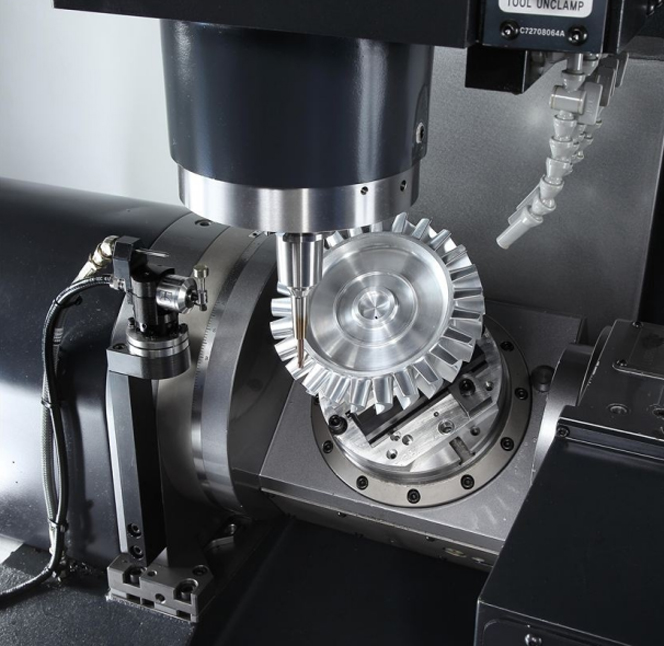
5. Electric Discharge Machining (EDM) Services
Electric Discharge Machining (EDM) Services by Yixing Technology uses arc discharge to cut and process conductive materials to obtain high-precision and complex shaped parts, such as molds and tools. It is commonly used in the manufacturing of molds, plastic injection molds, aircraft engine parts, medical devices, and other fields. Electrical discharge machining is commonly used to process hard, brittle, or high hardness materials that are difficult to cut using traditional mechanical machining methods, such as tool steel, hard alloys, titanium alloys, etc.
Besides these custom CNC machining services, we also provide drilling, grinding, boring, planing, broaching services. If you have machining projects, feel free to send us drawings for analysis.
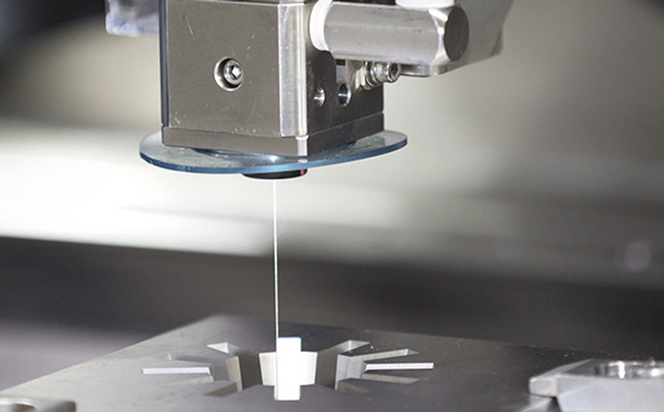

Comprehensive Metal Fabrication Services: As a leading sheet metal fabrication factory, Yixing Technology provides a wide range of metal machining services, like 3, 4, and 5-axis CNC milling and CNC turning, CNC milling and turning compound, grinding, EDM etc. Surface treatment can also be done in our machining shop per your requirement. You can find full CNC machining services here and no need to separate the projects between different factories.

Flexible Production Volumes with Consistent Quality: We can support with rapid machining , low volume CNC machining and high volume CNC machining. Many customers choose us for prototyping first to verify their design and then ask us to do mass production. We make sure the quality in sample period and mass production period are the same.

Cost-Effective CNC Machining Services for Global Customers: Yixing Technology's cost is 35%-50% lower than western countries due to our high efficiency, cost control and low labor cost. We aim to save cost for customers but to keep the high level of CNC machining quality.
Almost all metals can be used for custom CNC machining and fabrication in our custom machining shop, and selecting the appropriate material for CNC machining requires consideration of many factors, such as material rigidity, stability, processing performance, rust prevention treatment, material cost, and so on. If you don't know what materials are suitable for your product, you can seek advice from Yixing Technology's engineers. We have over 15 years of experience in metal machining and plastic machining, and have a deep understanding of the properties of various materials. We can recommend suitable materials for your projects.
| Material | Grade |
CNC Machining Steel | 1018,1045,1215,4140,4340,8620,4130, A36 etc |
| CNC Machining Aluminum | AL6061, AL5052, AL2024, AL6063,AL7075,AL7050,AL7082 etc |
| CNC Machining Stainless steel | SS303,SS416,SS304,SS420 ,SS316L,SS430, SS2205 Duplex,SS17-4 , SS440C, 15-5, SS301 etc |
| CNC Machining Copper | H62,H65,H70,H80,H90 etc |
| CNC Machining Brass | C360,260,C932,M07 etc |
| CNC Machining Plastic | ABS,PEEK, Acetal [Delrin], PP, Acrylic, Polycarbonate, G-10 Garolite, PTFE [Teflon], Nylon 6/6, PE, etc |
| CNC Machining Titanium | Grade 1,Grade 2,Grade 5, 6Al-4V, etc |
| CNC Machining Special teel | Tool Steel,Tungsten steel,Bearing steel, Manganese steel,Die steel,Molybdenum steel, High speed steel ,Tungsten chromium steel |
CNC precision machined parts are widely used in some critical components for various industries like automotive, medical, electronic,telecommunication, industrial equipment etc due to its super high precision. Yixing Technology can produce below parts at least but not limited to in our custom machining shop:
Engine parts
Flange parts
Transmission system parts
Gears, bearings, bushing parts
Mold Accessories
Machine tools
Internal mechanical components
Reduction case
We have over 50 sets of CNC machines to support customers with simple or complex projects. Laser cutting, stamping, cnc bending, welding machines etc are also located to complete the comprehensive contract manufacturing projects. Load your drawing in our online cnc machining and fabrication platform and we will revert to you with cost analysis within 2 days.
Machining center
CNC turning machine
3 4 5 axis CNC milling machine
CNC turning milling compound machine
EDM machine
Grinding machine
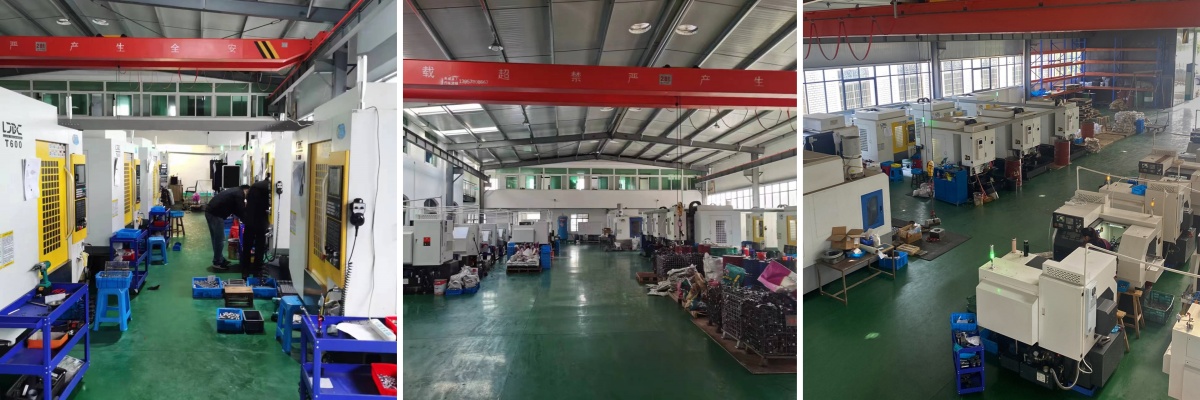
Yixing Technology not only provides custom CNC machining parts services but also provide many kinds of surface treatment services to complete the customers' projects. If your desired surface is not in the list, please contact with us and we can source for you.
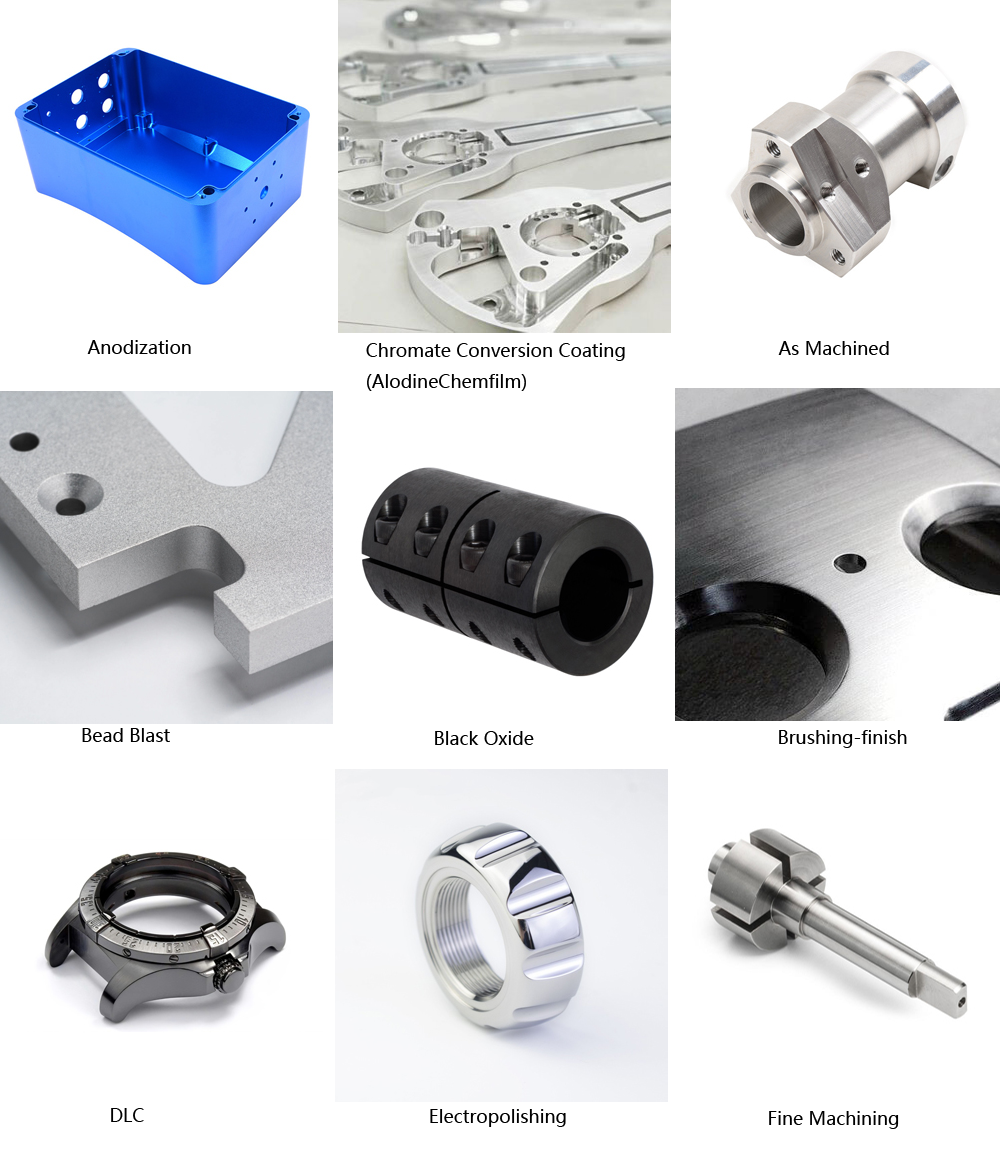
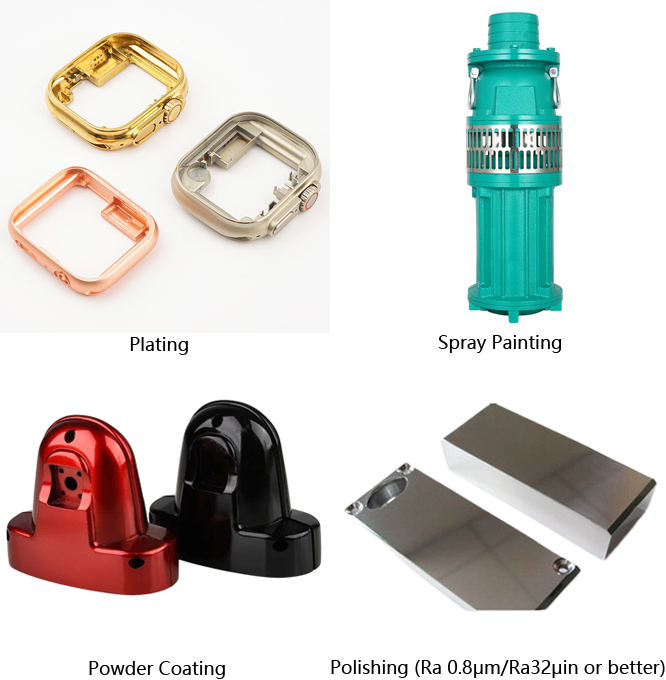
Advantages:
High precision: CNC machining can achieve very high machining accuracy, usually within the range of a few micrometers. This makes CNC machining very suitable for industries that require high-precision parts, such as aerospace, medical devices, etc.
High repeatability: As CNC machining is controlled through computer programs, it can ensure that each part has the same size and shape. This is very important for mass production, as it can improve production efficiency and reduce human errors.
Multifunctionality: CNC machine tools can perform various types of machining operations, such as milling, turning, drilling, cutting, etc. This makes CNC machining very flexible and can meet the needs of different industries and applications.
High Degree of Automation: During CNC machining, operators only need to write programs and monitor the operation of the machine tool, without directly participating in the machining process. This reduces labor costs and allows for continuous processing without human intervention.
High Processing Efficiency: CNC machine tools can process at higher speeds and feed rates, thereby improving production efficiency. In addition, due to its high degree of automation, it can reduce human errors and downtime, further improving processing efficiency.
Challenges:
High Cost: The purchase and maintenance costs of CNC machine tools are relatively high. In addition, it is necessary to train operators to write programs and operate machine tools, which also increases training costs.
High Requirements for Operators: CNC machining requires operators to have certain programming and machine operation skills. For operators without relevant experience, learning and mastering these skills may require some time and effort.
Restricted Materials and Dimensions: Some special materials (such as glass, ceramics, etc.) and large workpieces may not be suitable for CNC machining. In addition, due to the limitations of machine tool size, ultra large workpieces cannot be machined by CNC.
Professional Maintenance is Required: CNC machine tools require regular maintenance and upkeep to ensure their normal operation and accuracy. This requires professional technical personnel for maintenance, which increases maintenance costs and workload.
1. Avoid Sharp Internal Corners
It is best to increase the cavity depth radius and use a similar radius for the inner edge. The R Angle can be scaled up as much as possible to decrease the cost. The sharp corners can be realized but cost is high.
2. Try to avoid small or raised text
CNC cutting text requires a very small end mill to run at a relatively slow speed so smaller text means longer cnc milling time and higher cost. Concave text is also easier to process than raised text.
3. Try to avoid high and thin walls
When a part is with high and thin wall, it means that the part is more prone to deformation due to stress, heat, vibration and other operations during cnc machining.
4. Avoid Deep, Narrow Slots or Pockets
Some parts have square corners or smaller internal corner pockets to reduce overall weight or accommodate other components of the assembly. However, the internal 90 ° angle and small notch are too small for normal CNC cutting tools. This means 6-8 different cutting tools may be required to realize it.
5. Add undercuts to sharp corners
Undercut is a groove or notch at the corner of a part, which can better approach the tool and improve material removal during the machining process.
6. Avoid too thin walls
Thin wall machining requires multiple tool passes at low cutting depths, which can easily cause deformation or fracture due to vibration. Therefore, it is difficult to accurately process thin walls, and the processing time will increase.
7. Don' t specify too tight tolerance
Specify tolerances only when necessary. Increasing tight tolerances will drive up costs. By default, standard tolerances in accordance with ISO 2768-m will be used.
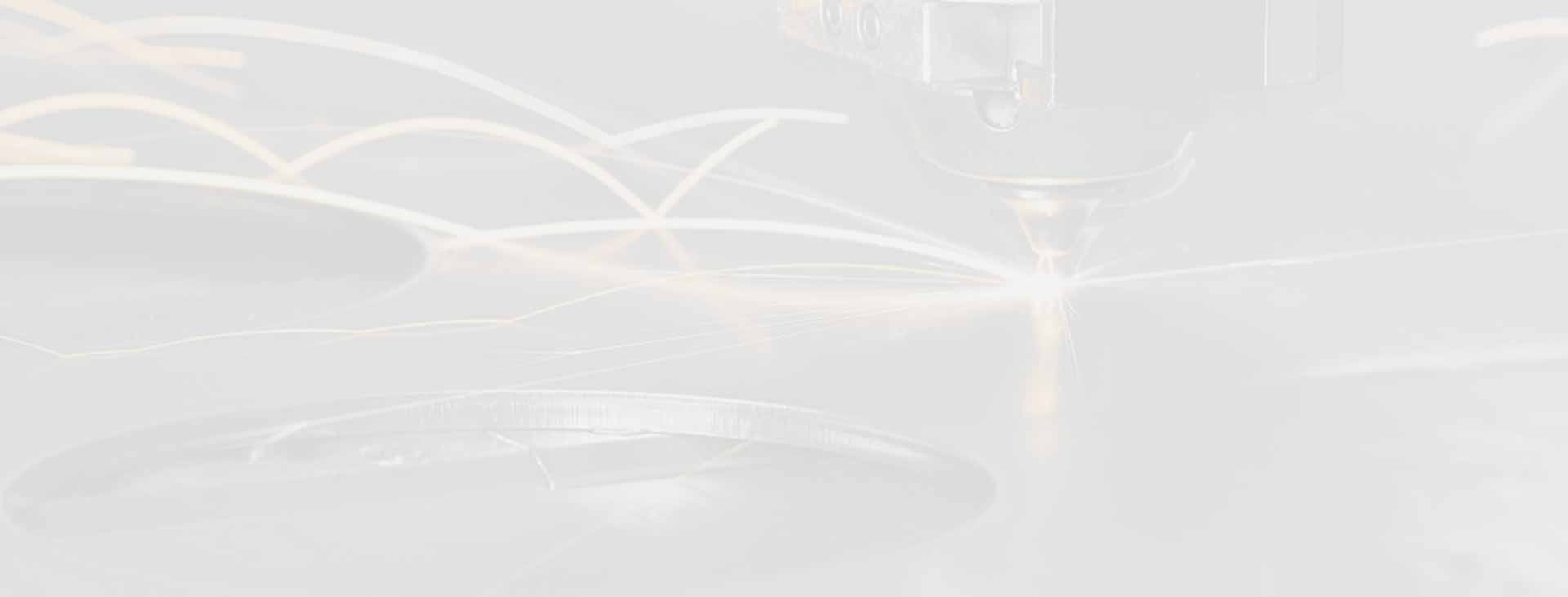
Choosing between CNC turning and CNC milling services at Yixing Technology depends on your specific project requirements. Opt for CNC turning if your parts are cylindrical or symmetrical around an axis, as this process is ideal for producing precise round shapes. On the other hand, choose CNC milling for parts with complex geometries, flat surfaces, or intricate features, as milling can handle a variety of shapes and sizes. Additionally, consider the material, tolerances, and production volume. Consulting with Yixing Technology's experts can provide tailored advice to ensure the best fit for your manufacturing needs.
General CNC Machining Tolerances on metal to +/ 0.005"(+/0.127 mm) following lSO 2768 unless otherwise specified. CNC Plastics and composites will be +/ 0.010"(+/0.254 mm)
CNC Precision Machining Tolerances can be down to +.0002'(0.005mm). Yixing can manufacture and inspect to tight tolerances per your drawing specifications.